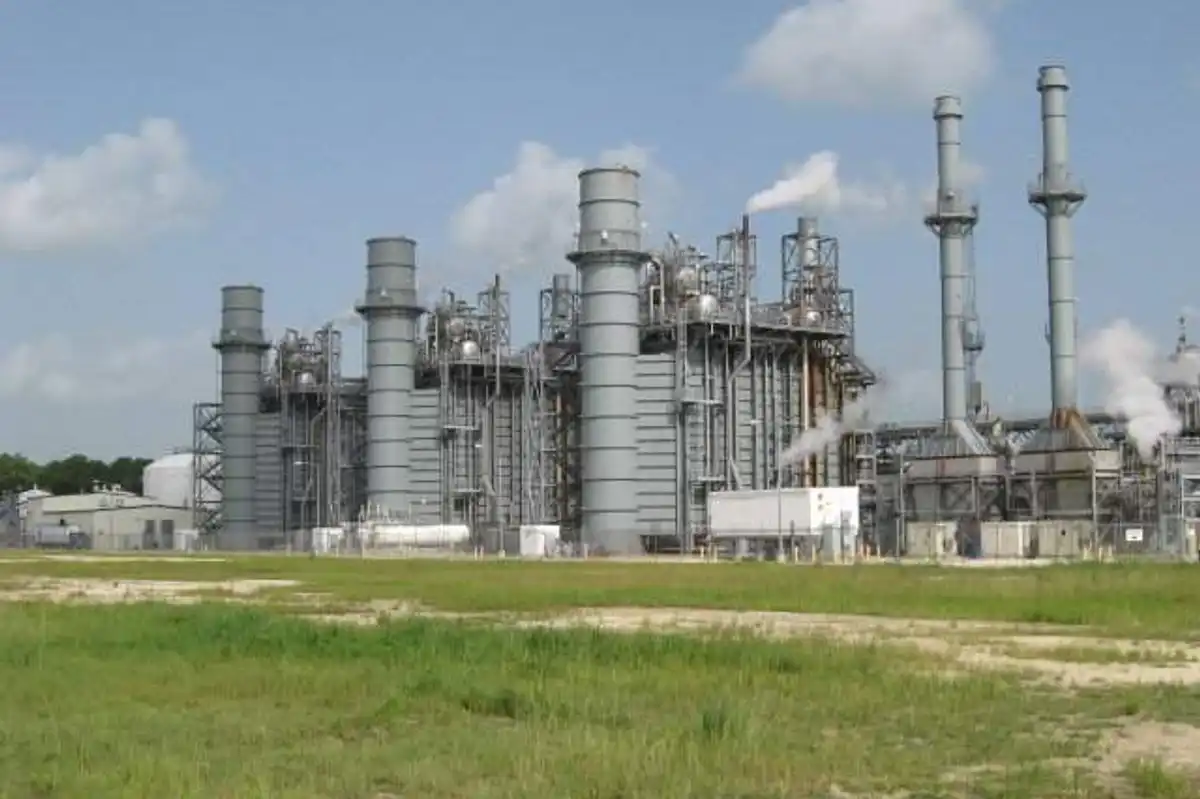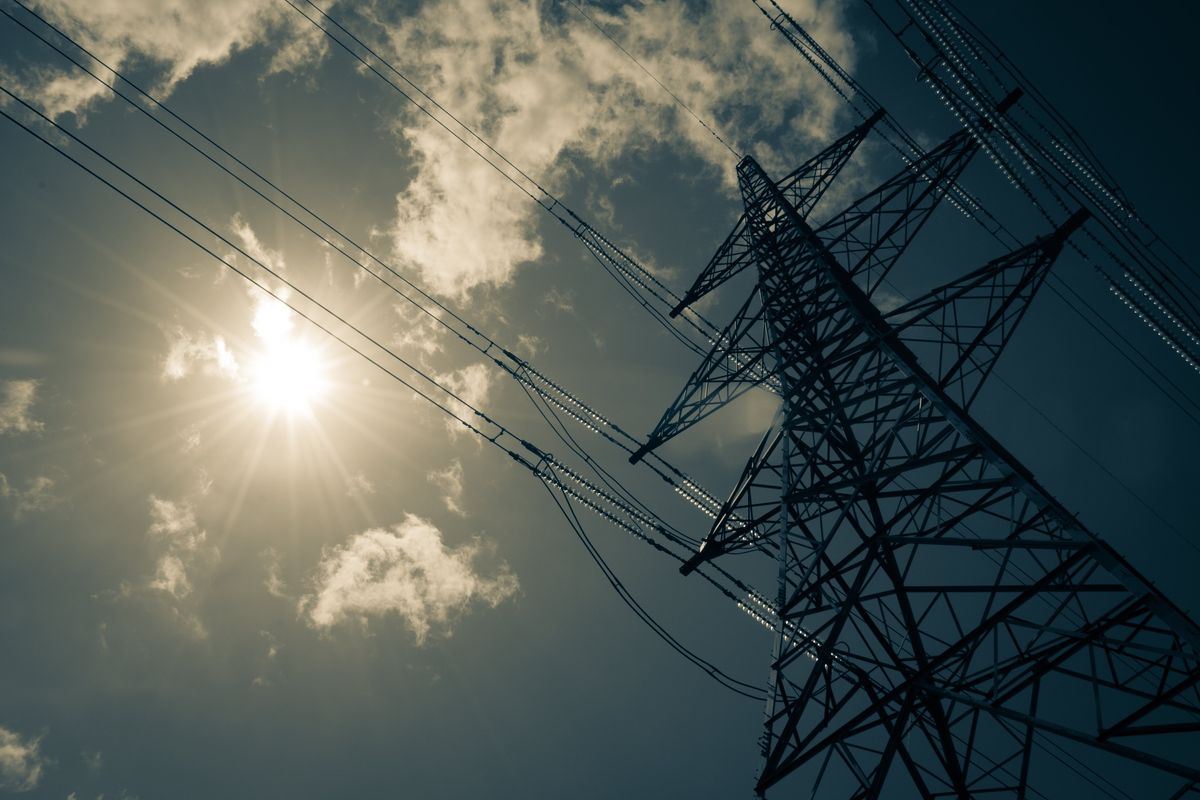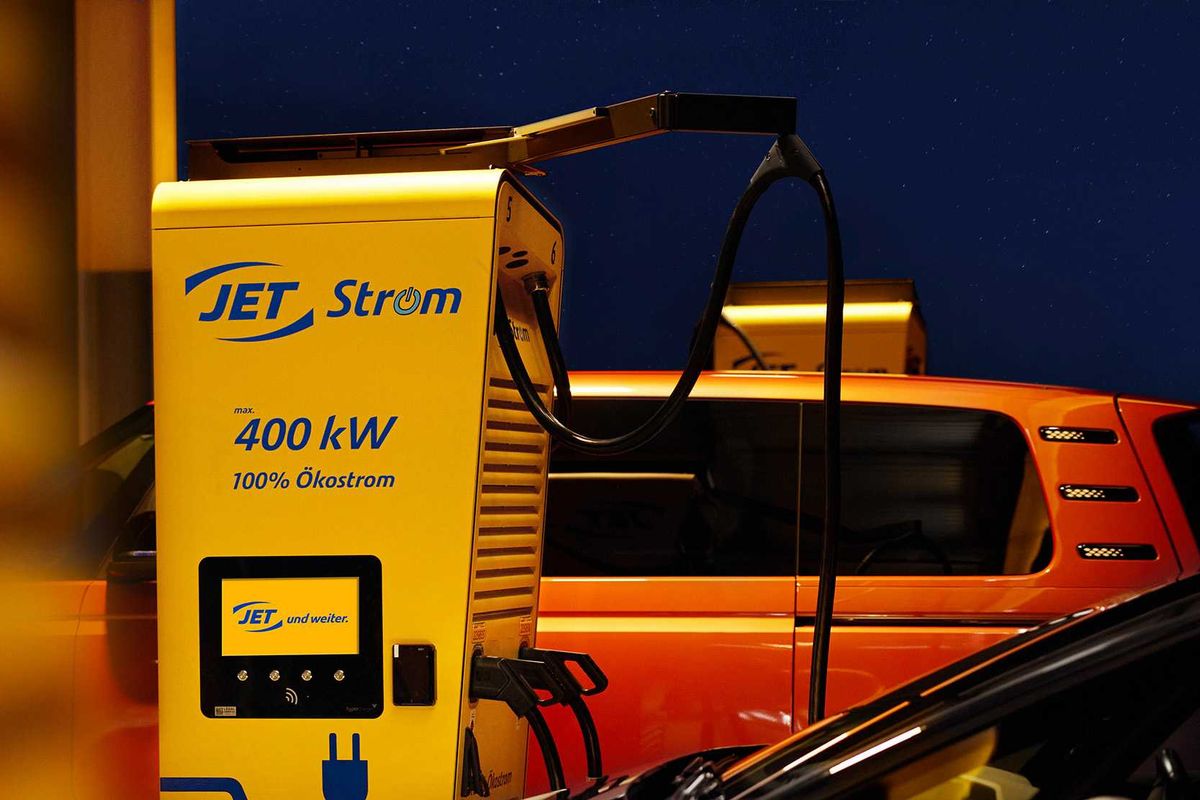In a major step toward driverless freight trucks hitting Houston-area roads, a facility for loading and unloading autonomous trucks opened recently near George Bush Intercontinental/Houston Airport
Miami-based transportation and logistics company Ryder operates the “truckport” for Mountain View, California-based Kodiak Robotics, which runs a network of autonomous freight trucks. The facility, located at 888 E. Airtex Dr., opened in December. It’s next to a Ryder maintenance center.
“The truckport can currently receive several truckloads per day, and the size of the Ryder facility provides the opportunity to scale much larger than that,” says Daniel Goff, director of external affairs at Kodiak.
“The number of employees stationed at the facility fluctuates day by day,” Goff adds. “Kodiak’s team that staffs the facility in this initial phase operates on a flexible schedule to align with the needs of the trucks that are utilizing the truckport.”
The Houston site is the first Kodiak truckport to be located at a Ryder facility. It serves freight routes to and from Houston, Dallas, and Oklahoma City.
Kodiak currently operates all routes with drivers on board, including its Houston-Dallas and Houston-Oklahoma City routes. The company plans to roll out its first driverless operations on Dallas-Houston route later this year, with the new Houston facility serving as a launchpad.
“Ryder’s industry-leading fleet services and vast footprint of service locations makes it an ideal partner as we scale autonomous trucks,” Don Burnette, founder and CEO of Kodiak, says in a news release. “Expanding our network of truckports with Ryder will enable us to operate autonomous trucks at scale with our customers.”
The most recent version of Kodiak’s truck debuted in Las Vegas at the recent 2024 Consumer Electronics Show (CES). Kodiak says the truck is equipped with safety-oriented software and hardware (including braking, steering and sensors).
Kodiak’s sixth-generation truck builds on the company’s track record of real-world testing, which includes carrying 5,000 loads over more than 2.5 million miles.
Founded in 2018, Kodiak has been delivering freight in Texas since mid-2019, including on the Houston-Dallas route. Kodiak announced in 2022 that it had teamed up with Swedish retailer IKEA to pilot autonomous freight deliveries in Texas between the IKEA warehouse in Baytown and the IKEA store in Frisco.
---
This article originally ran on InnovationMap.











